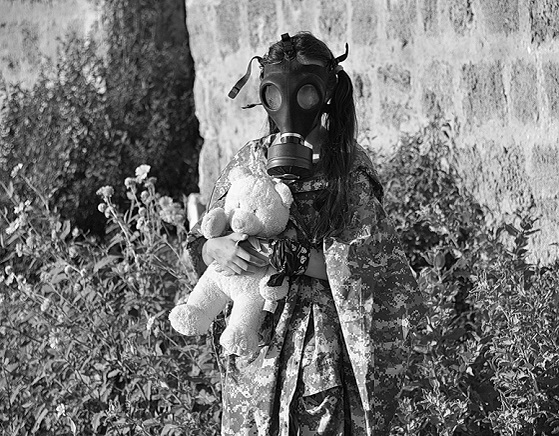This Is How We Heal Our Inner Child Wounds.

{source}
Let’s talk about healing, inner child wounds, and our tendency to isolate when we are emotionally wounded or unwell.
I think that most of us are self-aware enough to be able to identify our wounds, and we are intimately aware that we have work to do. We know that we have inner child wounds that we have to heal, or we have this dark side that we have to address, but I think that the real challenge is that we don’t have the tools to deal with it.
It’s one thing to look and say, “Okay, I’ve got this grief, or this rage, or these self-destructive behaviors that I’ve got to deal with,” and it’s completely another thing to know what to do with it.
Really, tangibly, what do we really do with it?
Every approach that we can think of feels like a redundant exercise in wallowing. Exacerbating the issue by poking at a sliver and inflaming it, because we don’t have a blade to cut it out.
Just talk? Tell the stories? To what end? Self-care? Bubble baths and exercise and healthy food? Well, yes, these things help, but they are often a stop-gap that really just equates to pain management.
If we agree that the inner child carries the wound, I’d ask you to consider whether or not a child is able to provide their own healing. Are they equipped to administer their own medicine?
What happens when we promote the idea of healing in an abstract way, or we promote the idea that healing is done in isolation, is that we unintentionally — but inevitably — enforce the things that distance people from their own healing. The subtext becomes “You are flawed if you can’t figure out how to do this.” We enforce shame.
A diagnosis without a treatment plan.
We’re missing the mark.
My personal opinion is this: where we are failing is in the “you are enough” rhetoric.
You are not enough. I am not enough.
As a whole, as a culture, we have eradicated the village mentality. We need our elders. Our midwives. Our grief rituals. We need to not only tell our stories, but we need our village to wail with us, not just witness us wailing. We need our warriors to do battle with us, not just nod in solemn agreement when we speak of our war.
We need to stop fucking compartmentalizing our lives and engage in a way that honors the village as a living, breathing entity that is intricately connected. When one part is wounded, the entire body suffers.
In this is a call to action.
Things like weddings and funerals have a purpose greater than just bearing witness. They are deliberate, ritualized affirmations that “we all experience this joy or this sorrow together, as a whole.”
What would happen to these inner child wounds if we came together as a community with a ritualized reclamation ceremony for survivors of sexual assault? What if our women came together and held a ceremony, claiming abandoned sons as their own?
Deliberate, ritualized medicine.
This is how we heal the child.
***
Mira Hadlow is an outspoken Canadian author who has made a name for herself through her raw, unapologetic style. After an abusive relationship rendered her permanently deaf, she turned to writing as a path to healing and has become passionate about being a voice for the voiceless. Mira believes in ferocious vulnerability, unapologetic truth, and bravely facing one’s shadow side. Mira is a quirky, creative soul, and you can usually find her renovating a kitchen, losing her cup of coffee for the forty-seventh time, or picking a fight with an authority figure. In addition to her book, As Muses Burn, her work has been featured by 300 South Media Group, and Vintage Gypsy Magazine. You can connect with her via her website, Facebook, Instagram, Twitter or email.

